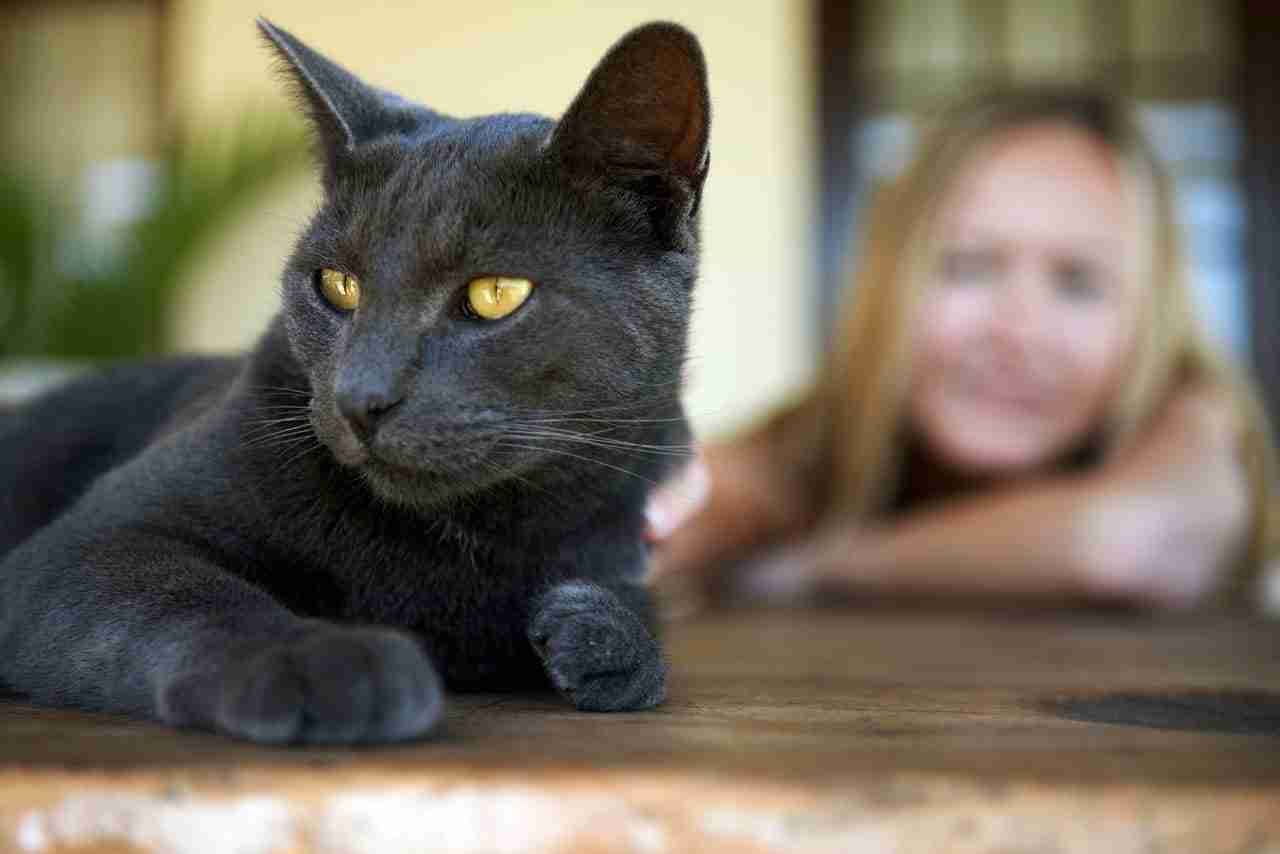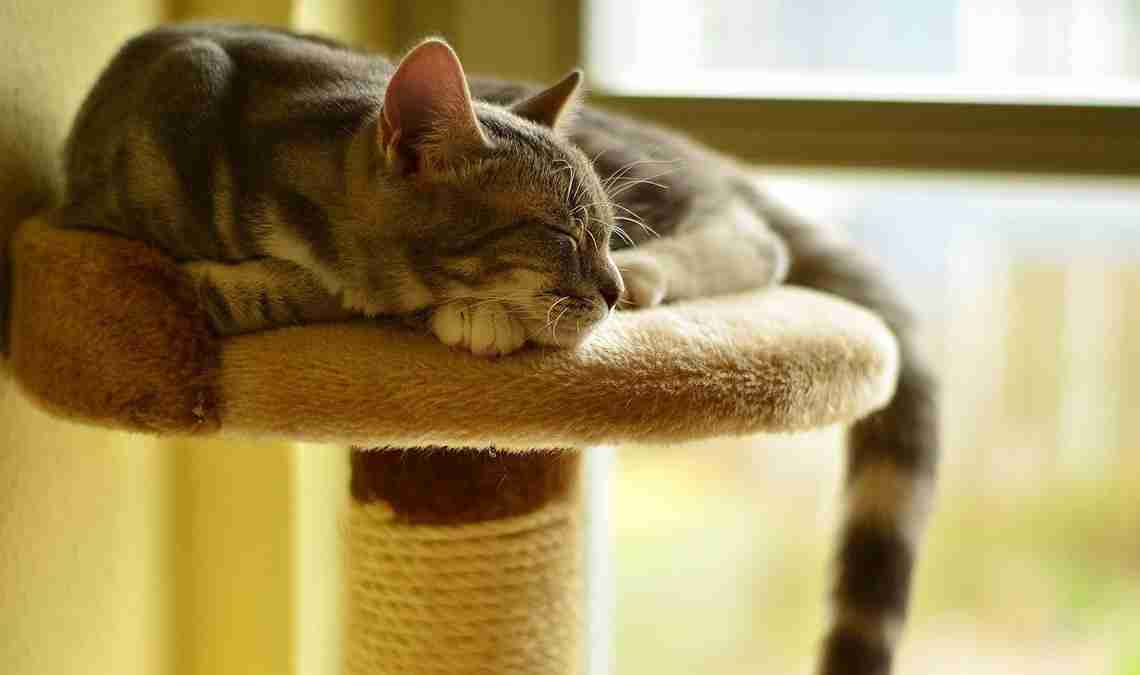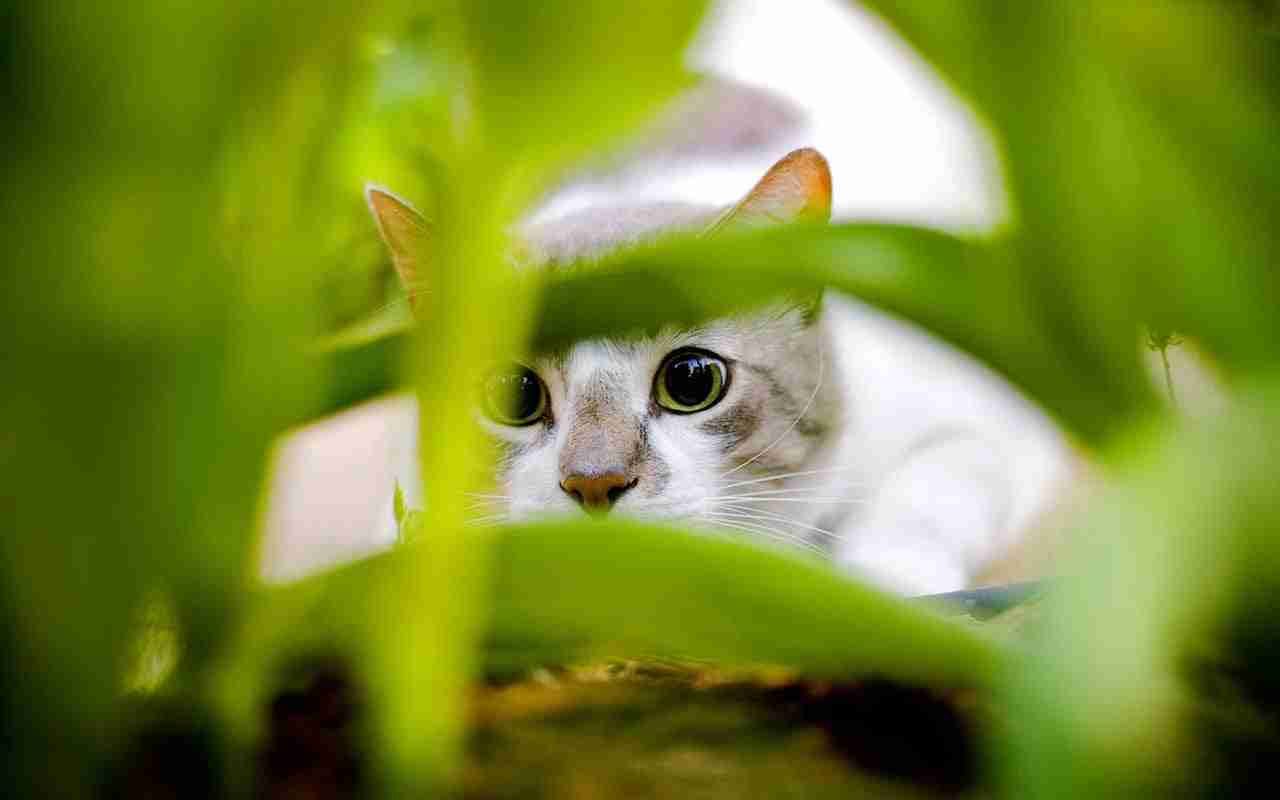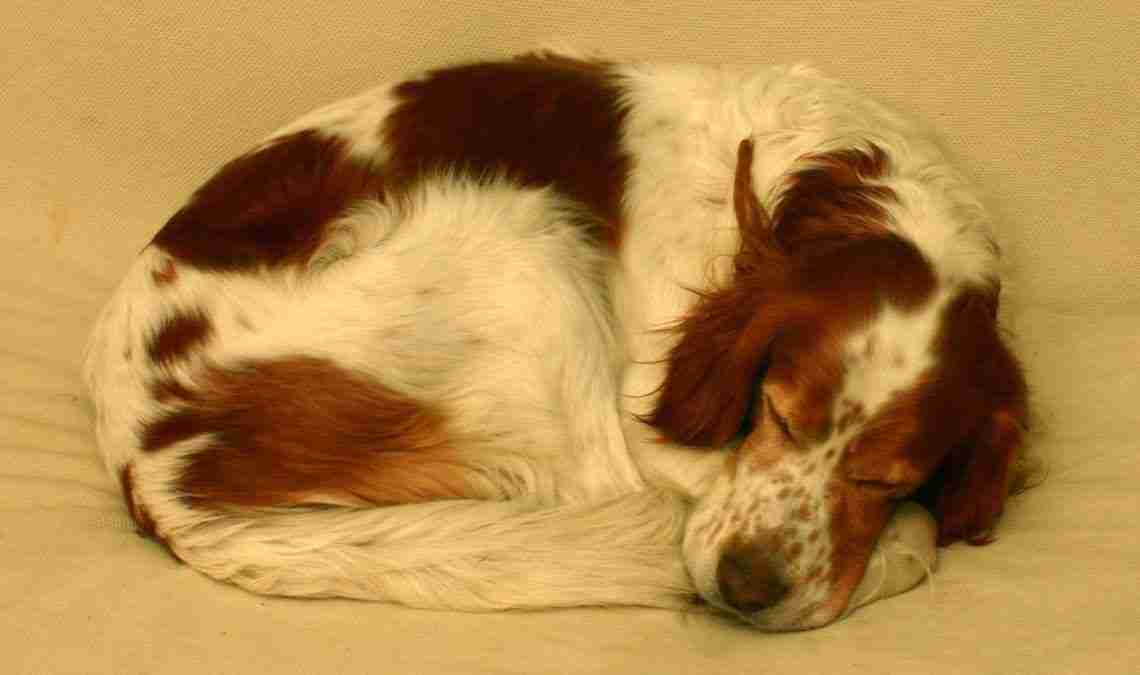Why does a cat dirty out of the litter box?

Inappropriate elimination or marking? See the differences.
First of all, we should discuss the behaviour of correct elimination in a cat remembering that, in nature, it is an animal that is both predator and prey.Normally a cat chooses a soft substrate, digs a hole and ‘evacuates' sitting down and finally covers its excrement to camouflage its presence from predators. At home, when the cat uses the litter box, it uses exactly the same behaviour.By contrast, a cat uses urine to mark its territory: in this case, it adopts an upright stance and sprays urine on vertical surfaces so that there is a clear sign of its presence on the territory.Even faeces may be used for this function if it is deposited on a raised area or if it is not covered.So if you have a cat that dirties out of the box, you should observe its behaviour to find out whether it is inappropriate elimination or marking. Let's see how to understand it:- If your cat looks for a flat place (couch, bed, carpet, boxes, clothes etc.) to ‘do its business', if it adopts a squatting position to go, and if, after elimination, it tries to cover its discharge in some way, then we are talking about INAPPROPRIATE ELIMINATION.
- If the cat sprays vertical surfaces, such as door jambs, corners of the wall, table legs, with urine or if he deposits faeces in passageways and does not try to cover it in any way, we can almost certainly say that they are MARKINGS.
Why does my cat soil out of the litter box?
First, I want to clarify that the cat is not messing out of spite but that such behaviour expresses discomfort. So it is pointless punishing the animal!Let's see the possible causes of inappropriate elimination:- Physical discomfort: the cat may have cystitis or bladder stones that make it painful to pee, so the first thing to do visit your veterinarian for a urine test. If the cat dirties with faeces, it could have an intestinal problem so again, you must go to the vet for a stool test.
- The cat may not like the litter tray that we have provided or the litter that we use. Very often we use perfumed litter or litter marked by the manufacturer as low maintenance. In reality, these choices often do not match the needs of our cat, which will show its discomfort by not using the litter box.
- The cat may also associate the box with stressful events and then use it reluctantly, for example, if it is attacked by another cat when it goes out or if we are going to deliver therapies that it does not like, such as combing, cutting nails, giving it a pill etc.
- A male, unneutered cat tends to mark his territory with urine to expel other males; more rarely, the female can also mark with urine for the same reason.
- A neutered pet may mark with urine or faeces in its territory if it spots another cat in the area, if you introduce a new member into the existing group or if your cat loses its usual marking references because you have painted the walls or changed the furniture.
- A cat in a state of anxiety can mark with faeces or urine; in this case, the marking has a reassuring effect on the cat.













